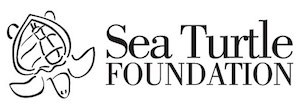Conservation Status
Australian Government
VULNERABLE
Environment Protection and Biodiversity Conservation Act 1999
Queensland
VULNERABLE
Nature Conservation Act 1992
Western Australia
VULNERABLE
Wildlife Conservation Act 1950
FLATBACKS (NATATOR DEPRESSUS)
They are unique as the only sea turtle species not to have an oceanic phase as hatchlings. Flatback turtles are found only in Australia and are not known to nest anywhere else in the world. They spend their entire lives in the shallow waters surrounding Australia, with feeding grounds that extend into the Indonesian archipelago and the southern coast of Papua New Guinea. Flatbacks prefer inshore waters and bays where their feeding ground is the shallow, soft-bottomed seabed, away from coral reefs.
Flatback turtles are quite distinct looking. Adults have an olive grey carapace (shell), which is flat compared to other marine turtle species and curls up on the outer edges. Their carapace grows to about 90 cm in length. Flatback hatchlings are quite distinct looking as they are pale grey in colour with dark edges around the edges of the scutes (scales) on their carapaces.
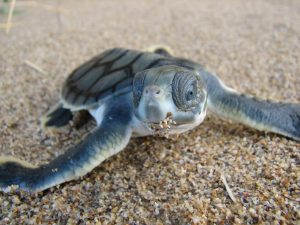
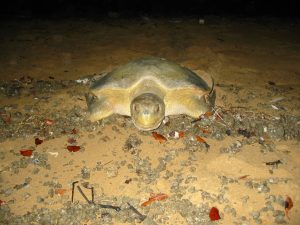
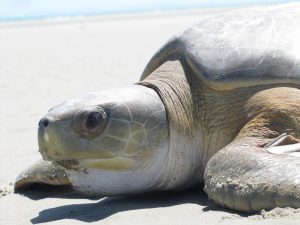
A female flatback turtle lays about 50 to 75 large eggs in a single nest. It then takes around 7 weeks for the hatchlings to emerge and make their way to the sea.
The peak nesting season for flatback turtles varies between different regions of Australia. The highest numbers of nests occur along the northern beaches of western Cape York, with Crab Island hosting the biggest known flatback rookery. In this region, flatbacks can nest all year round but the peak season is during the late winter-early spring months when several thousand nests may be laid over the period of a couple of months.
Along the east coast the peak nesting period begins in late spring to early summer with the two largest nesting populations found on Peak and Wild Duck Islands on the Great Barrier Reef.
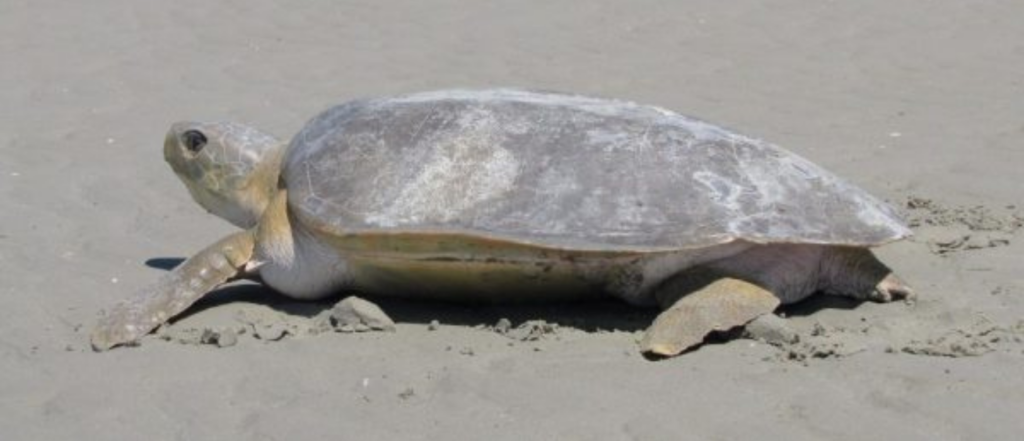
Further Information
https://www.environment.gov.au/marine/marine-species/marine-turtles/flatback
